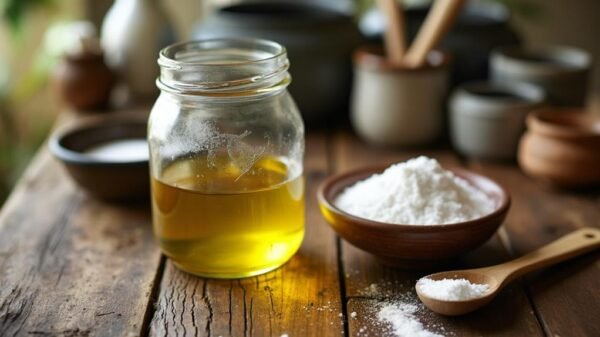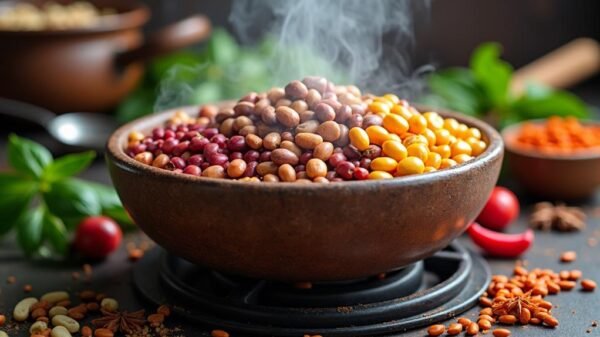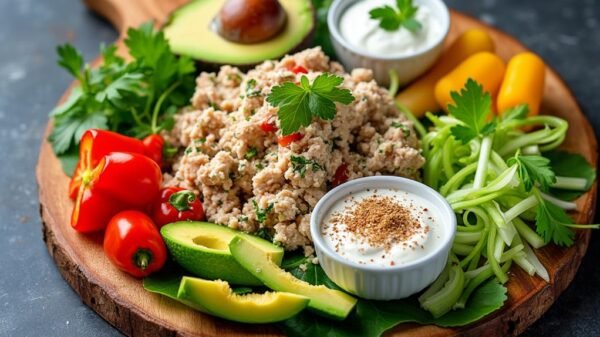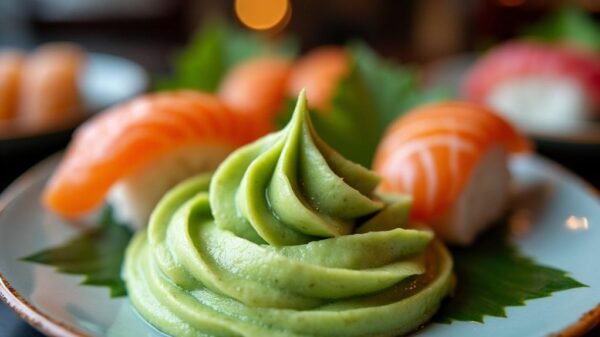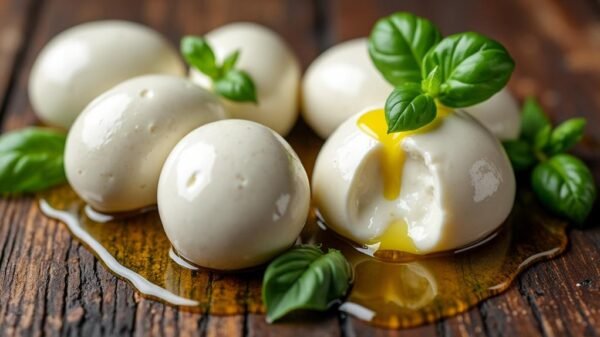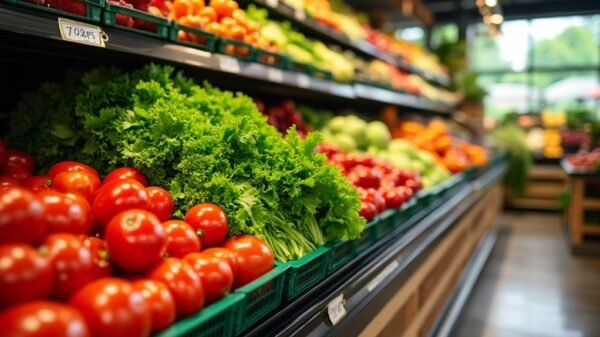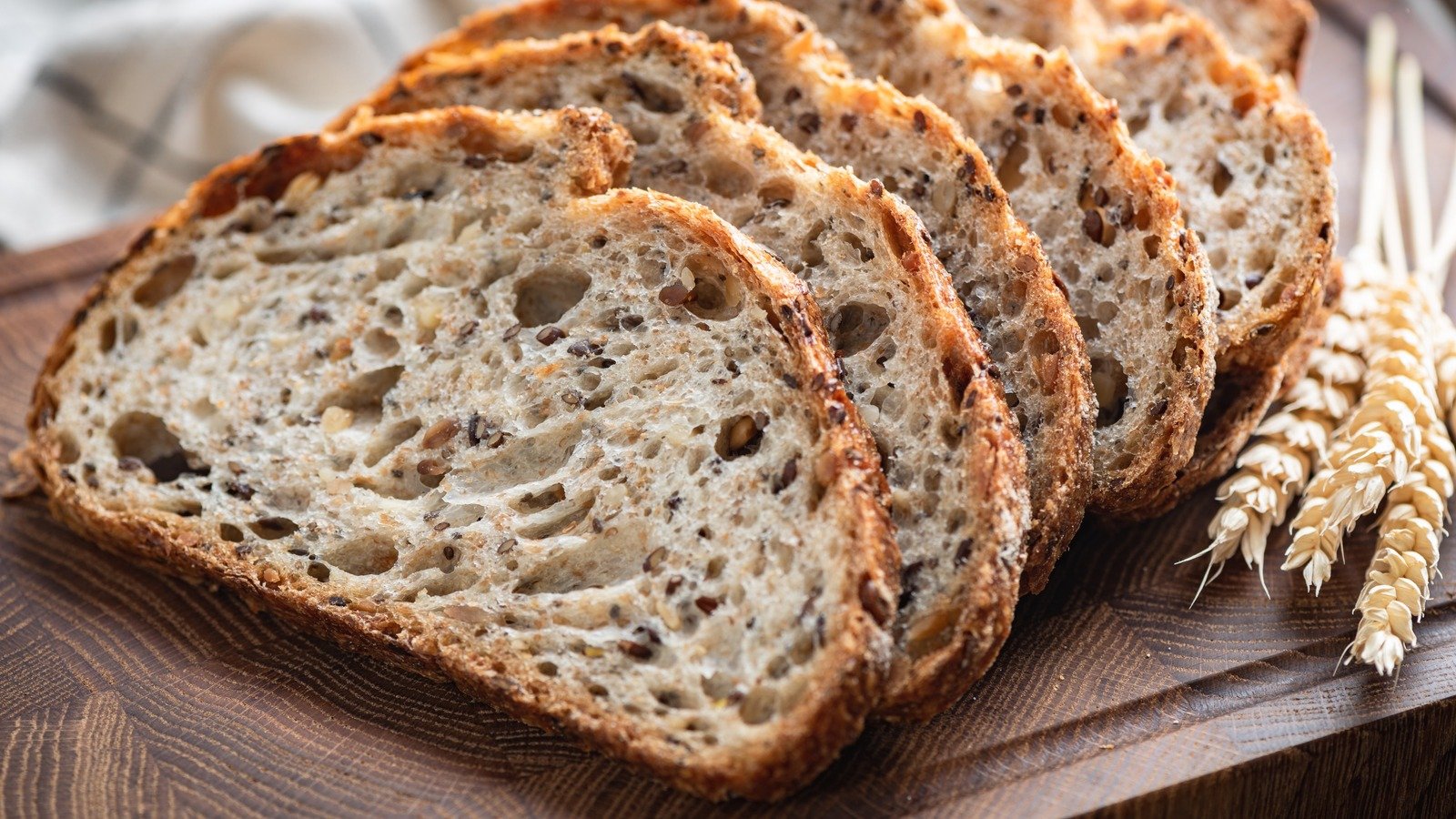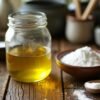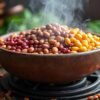Adding Seeds to Sourdough: Considerations and Techniques
Sourdough bread, renowned for its tangy flavor and chewy crust, is a versatile canvas for creativity in baking. While a traditional loaf boasts its basic ingredients—flour, water, and salt—bakers can enhance and personalize their creations through various additions. Introducing seeds such as sesame, sunflower, or pumpkin can elevate flavor, nutrition, and visual appeal, but it is essential to approach this process with care. This article explores key principles and methods for incorporating seeds into sourdough while avoiding potential pitfalls.
Understanding the Effects of Seeds on Dough
When contemplating the addition of seeds to sourdough, it’s crucial to understand how they can influence the final product’s texture and density. Seeds naturally absorb moisture, which can lead to drier dough if not accounted for properly. Consequently, bakers might find that their bread is firmer and smaller if they do not adjust their hydration levels accordingly. Generally, it is prudent to limit the proportion of seeds to less than 20% of the total dough weight. This ensures that the seeds contribute flavor and texture without compromising the bread’s essential qualities.
Choosing the Right Time to Add Seeds
There are two primary methods for integrating seeds into sourdough. The first option is to mix the seeds into the starter along with the flour and water. This early incorporation fosters even distribution, making it easier to achieve a harmonious blend. Alternatively, seeds can be folded into the dough after the initial mixing. This method allows for a more structured dough but may complicate the process of completely integrating the seeds. Each method has advantages; bakers should choose based on their preferences and desired outcomes.
Techniques for Successful Seed Addition
Kneading and Folding
Bakers should focus on kneading and folding techniques that evenly distribute seeds without harming dough structure. If seeds are added after the initial mix, performing multiple folds can help ensure that the seeds are well integrated. The goal is to maintain the dough’s elasticity while allowing for even distribution of textures throughout.
Hydration Adjustment
Incorporating seeds often requires adjusting the water content in the recipe. Since seeds absorb moisture, increasing the hydration level can compensate for this effect. For instance, if linseeds are added, consider increasing the water in the formula to offset any drying impact. A common starting point is to add an extra 10% of water, but this can vary depending on the seed type.
Surface Management
Paying attention to the dough’s surface can be consequential. Seeds that protrude may burn in the oven, leading to an undesirable appearance. After shaping the dough, take a moment to ensure seeds are tucked in or gently pressed back into the surface. This simple step can greatly improve the visual appeal of the finished bread.
Maintaining Flavor and Texture Balance
Balancing flavor and texture is vital when enhancing sourdough with seeds. Each type of seed brings its unique flavor profile; for example, pumpkin seeds offer a nutty taste, while sesame seeds provide a distinct nuttiness and aroma. Mixing various seeds can lead to an interesting, multifaceted flavor experience. Consider using seed blends in moderation, allowing them to complement rather than overwhelm the foundational essence of sourdough.
Baking Considerations
Finally, baking specifics also matter when working with seeded sourdough. The oven temperature and baking duration may need slight adjustments. Pay close attention to how the crust develops during baking; seeds may influence how heat transfers through the loaf, resulting in varied baking times. Monitoring the loaf will ensure an optimal crust and crumb.
Experimenting with seeds can elevate sourdough to new heights, infusing unique flavors and making for a visually appealing loaf. With thoughtful consideration of moisture content, timing, and careful techniques, bakers can master the art of incorporating seeds while maintaining the integrity of their prized sourdough bread. Enjoy the myriad benefits that come with this delightful addition to your baking repertoire.








